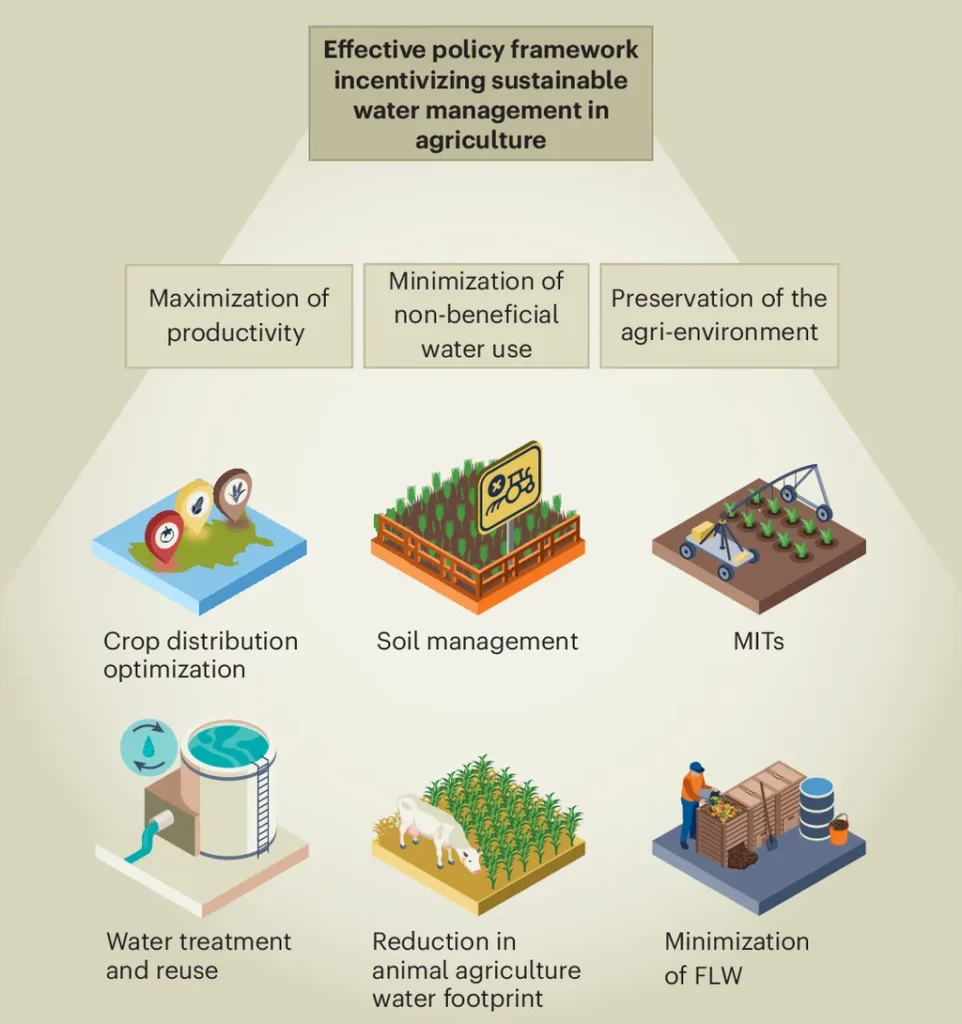In a world where climate change and shifting land use patterns are becoming increasingly intertwined, understanding their combined impact on water resources is more crucial than ever. A recent meta-analysis published in *Earth’s Future* has shed new light on how these factors influence streamflow, offering valuable insights for water management and the agriculture sector.
The study, led by Bankaru-Swamy Soundharajan from the Department of Civil Engineering at Amrita Vishwa Vidyapeetham in Coimbatore, India, integrated both quantitative and qualitative approaches to dissect the effects of precipitation, temperature, and land use/land cover (LULC) changes on streamflow. By analyzing published datasets and employing multiple linear regression and Random Forest models, the researchers uncovered some compelling findings.
Precipitation emerged as the dominant driver of streamflow changes, showing a direct linear correlation. “Precipitation alone explains nearly half of the variance in streamflow,” Soundharajan noted, highlighting the critical role of rainfall patterns in water resource management. This finding underscores the need for accurate precipitation forecasting and effective water storage strategies, particularly for the agriculture sector, which relies heavily on consistent water supply.
The study also revealed that temperature impacts were inconsistent, while LULC changes demonstrated nuanced effects. Conversions to agriculture generally increased streamflow, whereas transitions to forests reduced it. “The variability in LULC conversions correlates with residuals, underscoring diverse impacts across land use types,” Soundharajan explained. This nuance is particularly relevant for agricultural planning, as changes in land use can significantly alter water availability and quality.
The Random Forest model, which allows for the consideration of non-linear dependencies, achieved R2 values of 0.7, confirming precipitation as the most critical predictor, followed by temperature and LULC changes. This model’s success highlights the importance of advanced analytical tools in understanding complex environmental interactions.
The findings of this meta-analysis offer critical insights for sustainable water resource management and predictive hydrological modeling. For the agriculture sector, this research underscores the need for adaptive strategies that account for both climate and land use changes. By integrating these factors into water management plans, farmers and agricultural businesses can better prepare for future challenges and ensure sustainable water use.
While the study provides a comprehensive overview, it also acknowledges the limitations of meta-analyses, such as overlooking local factors like micro-climate variations or land management practices. This variability in model predictive power underscores the challenge of modeling non-linear relationships between climate, LULC changes, and streamflow.
As we move forward, the insights from this research can shape future developments in water resource management and agricultural planning. By leveraging advanced modeling techniques and considering the combined impacts of climate and land use changes, stakeholders can make more informed decisions and develop strategies that promote sustainability and resilience in the face of environmental pressures.

